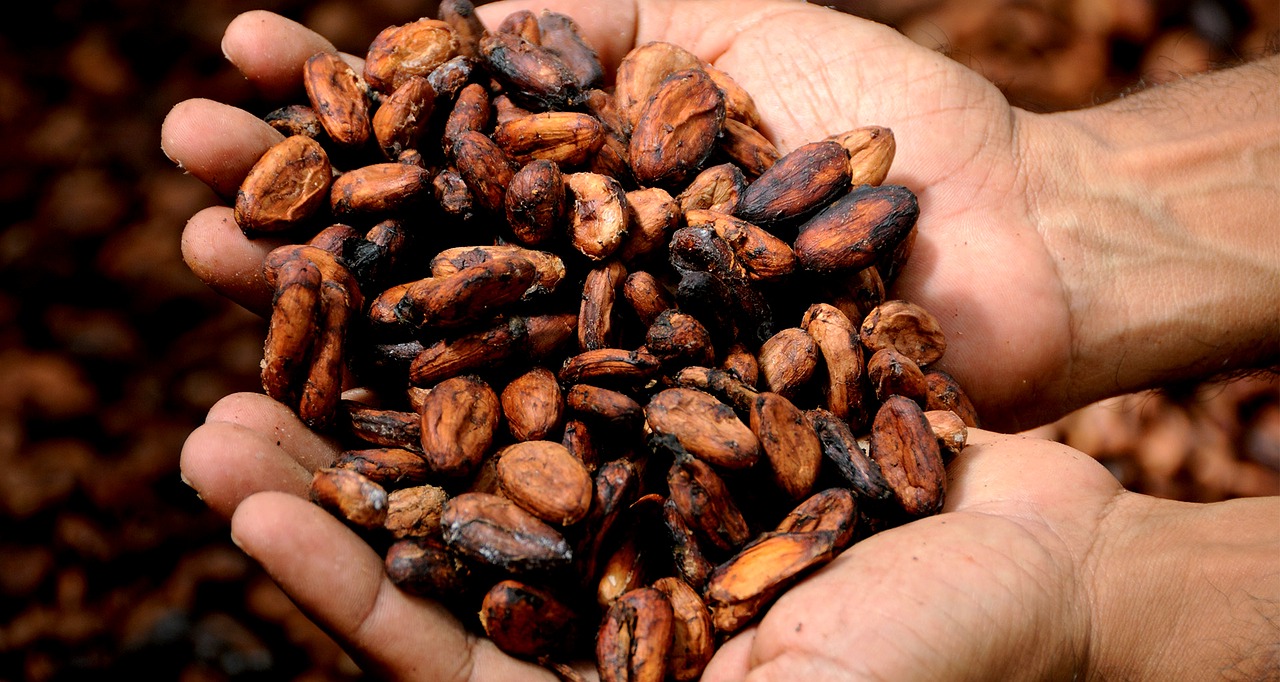Many people can’t get their day started until they’ve had their coffee. They’re craving the caffeine, which gets them feeling alert and ready to take on anything. However, there’s another stimulant with similar properties that might be better for you. It’s found in dark chocolate and called “theobromine.” In the war of caffeine vs. theobromine, which comes out on top?
Caffeine vs. theobromine: what are they?
Let’s take a closer look at caffeine first. On a chemical level, it’s an alkaloid that stimulates the central nervous system, heart, and muscles. It’s the most common central nervous system stimulant you can buy. It’s naturally found in seeds, leaves, and nuts of a variety of plants found in Africa, South America, and East Asia, who use it to protect themselves against insects. The coffee plant is best-known source of caffeine, though it’s also found in soda, pills, and black tea.
Theobromine was first discovered in the 1840’s in cocoa beans. Since then, it’s been found in a variety of tea, like black tea and yerba mate. It’s most commonly consumed in dark chocolate, however. It belongs to the same family as caffeine (the methylxanthine family) and has similar effects, but as you’ll learn shortly, there are some notable differences.
Caffeine vs. theobromine: benefits and side effects
Caffeine’s main benefit is that it combats drowsiness. That’s why coffee is such a popular morning drink, or why people drink 5-hour energies, which have concentrated caffeine. Caffeine can also make you feel less hungry, so it’s a common ingredient in weight loss products.
However, on the downside, caffeine can make you feel jittery and nervous. If you drink coffee too late in the day, it can make falling asleep challenging. For a toxic dose, you’d have to drink 50-10 cups of coffee, but for powdered caffeine, it only takes a tablespoon or so to be fatal.

Theobromine was first discovered in the 1840’s in cocoa beans.
Theobromine
Theobromine affects the body in a similar way to caffeine, but it’s 10 times weaker. Research shows that while caffeine and theobromine bind to the central nervous system in the same way, thebromine’s binding is less strong. That means you won’t experience the same nervous energy as caffeine, unless you ingest too much. You also probably won’t experience the same energy crash that happens when you get a lot of caffeine. The energy from theobromine sources is less intense and longer-lasting. Other benefits of theobromine include improved blood flow and better breathing, which is useful if you have a cough. This is because theobromine relaxes smooth muscle tissue, including the tissue in your lungs. Evidence also suggests theobromine might help reduce inflammation thanks to antioxidants.
Theobromine isn’t all good, however. If your body isn’t used to it or you consume too much, it can cause nausea, vomiting, headaches, and a rapid heart rate. Too high amounts can also cause caffeine’s side effects, like anxiety and restlessness. For a lethal dose, you’d have to ingest A TON, so that isn’t a concern. Before you’re in any real danger, you’d start vomiting first, so that’s an obvious warning sign.
Who should switch to theobromine?
So, which is better: caffeine or theobromine? It depends. Theobromine is less addictive, so if you want to lessen caffeine’s grip on your life, consider switching over to a drink rich in the chemical. Crio Bru is the most famous company that sells theobromine in the form of brewed cacao. It’s made just like coffee, but tastes like a good hot chocolate. Theobromine is also a good option for people who don’t like coffee, but want a morning pick-me-up.
——————
Not ready to give up coffee? Check out the best places in the world to get the hot beverage.




